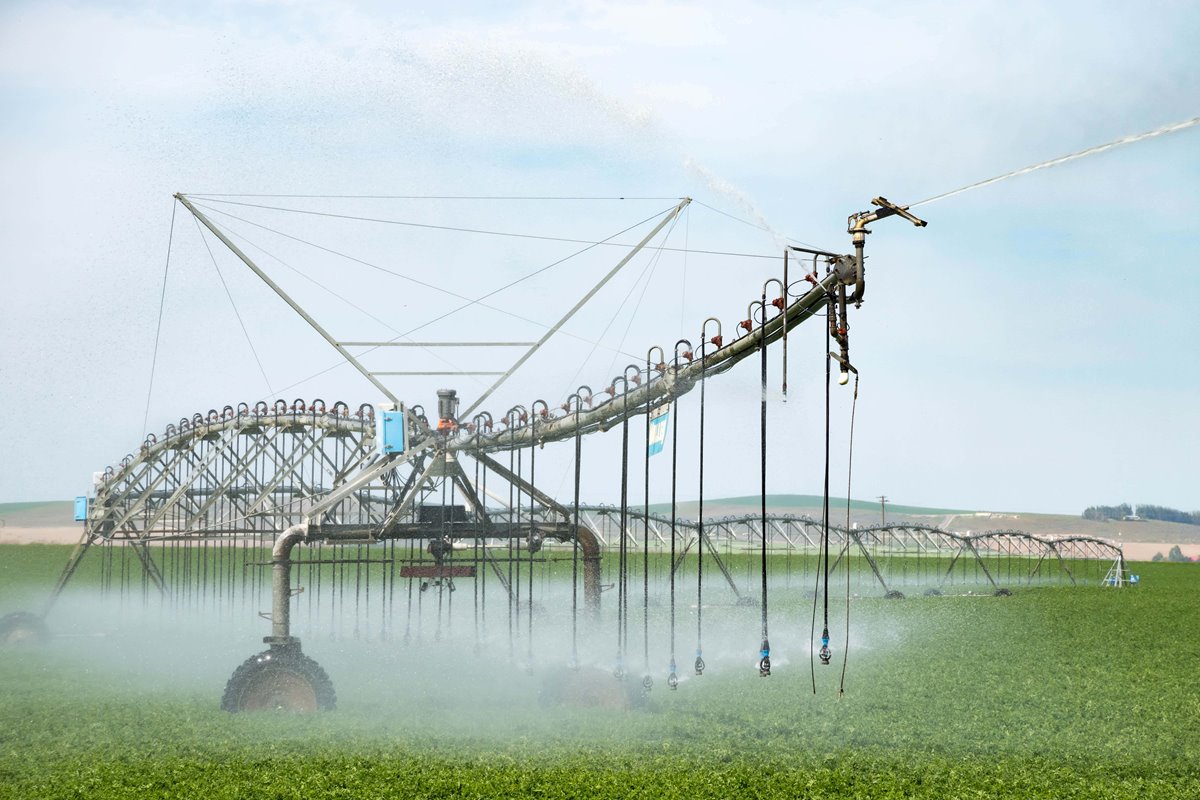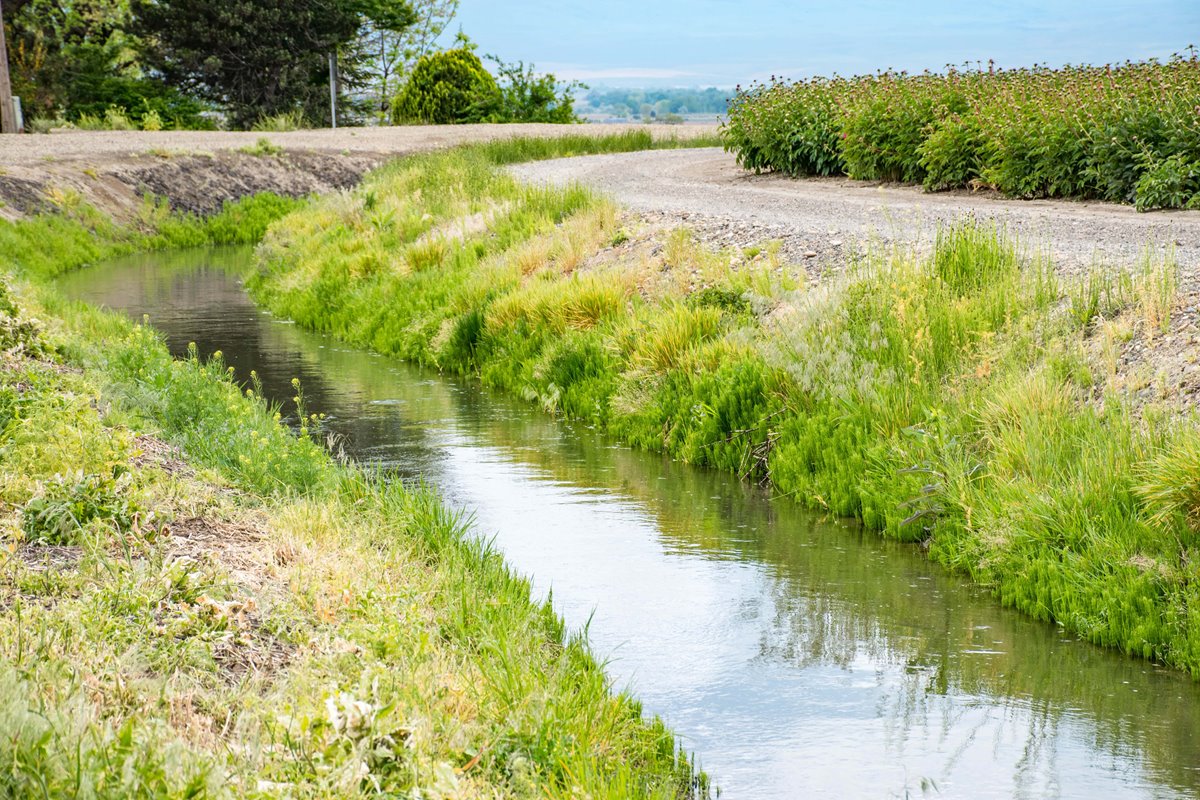Agriculture’s Role in Nitrogen Management
The LYV is an agricultural powerhouse, with a diverse group of crops such as apples, cherries, corn silage, triticale, grapes, and alfalfa driving production in the area. Growing this abundant and local food requires fertilizer and farming at commercial scale, including use of nitrogen fertilizers which are vital to crop growth. Nitrogen is also a tricky nutrient to keep on target, and can contribute nitrate pollution to groundwater when not carefully managed.
In 2018, WSDA conducted a Nitrate Availability Assessment study to provide a scientific baseline estimate of the amount of nitrogen potentially available for loss to groundwater from different sources within the LYV’s Ground Water Management Area (GWMA). The study found that agriculture plays the lead role in reducing nitrate contamination. Of the total, 64% was estimated to be associated with irrigated agricultural crop production including crops tree fruit, animal forage, and others. 31% was estimated to be associated with animal feeding operations, and the remaining 5% by residential, commercial, industrial land municipal sources. Efficient nitrogen management is essential for ensuring sustainable agriculture while protecting the environment and agriculture is key to the effort.
In 2018, WSDA conducted a Nitrate Availability Assessment study to provide a scientific baseline estimate of the amount of nitrogen potentially available for loss to groundwater from different sources within the LYV’s Ground Water Management Area (GWMA). The study found that agriculture plays the lead role in reducing nitrate contamination. Of the total, 64% was estimated to be associated with irrigated agricultural crop production including crops tree fruit, animal forage, and others. 31% was estimated to be associated with animal feeding operations, and the remaining 5% by residential, commercial, industrial land municipal sources. Efficient nitrogen management is essential for ensuring sustainable agriculture while protecting the environment and agriculture is key to the effort.



